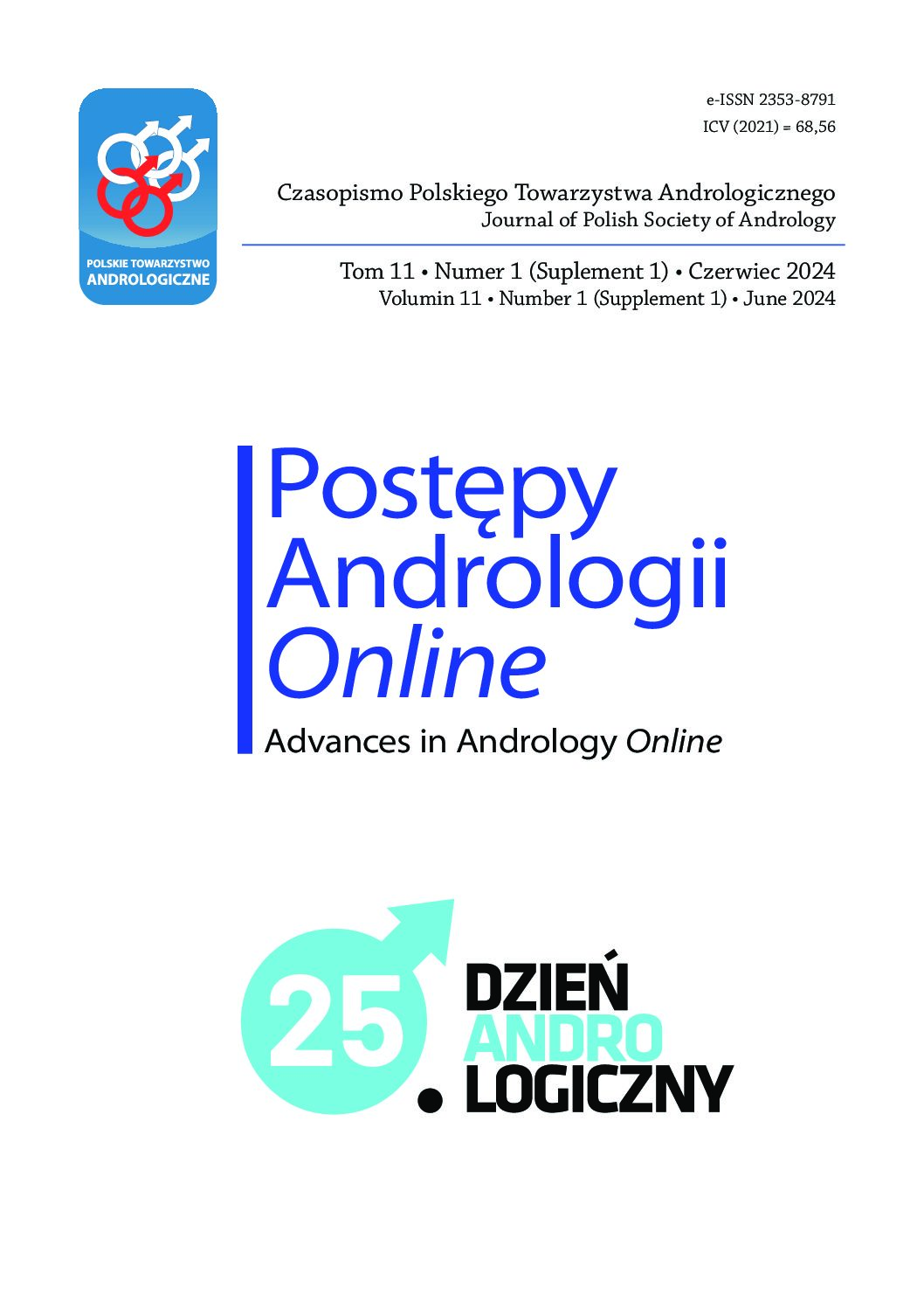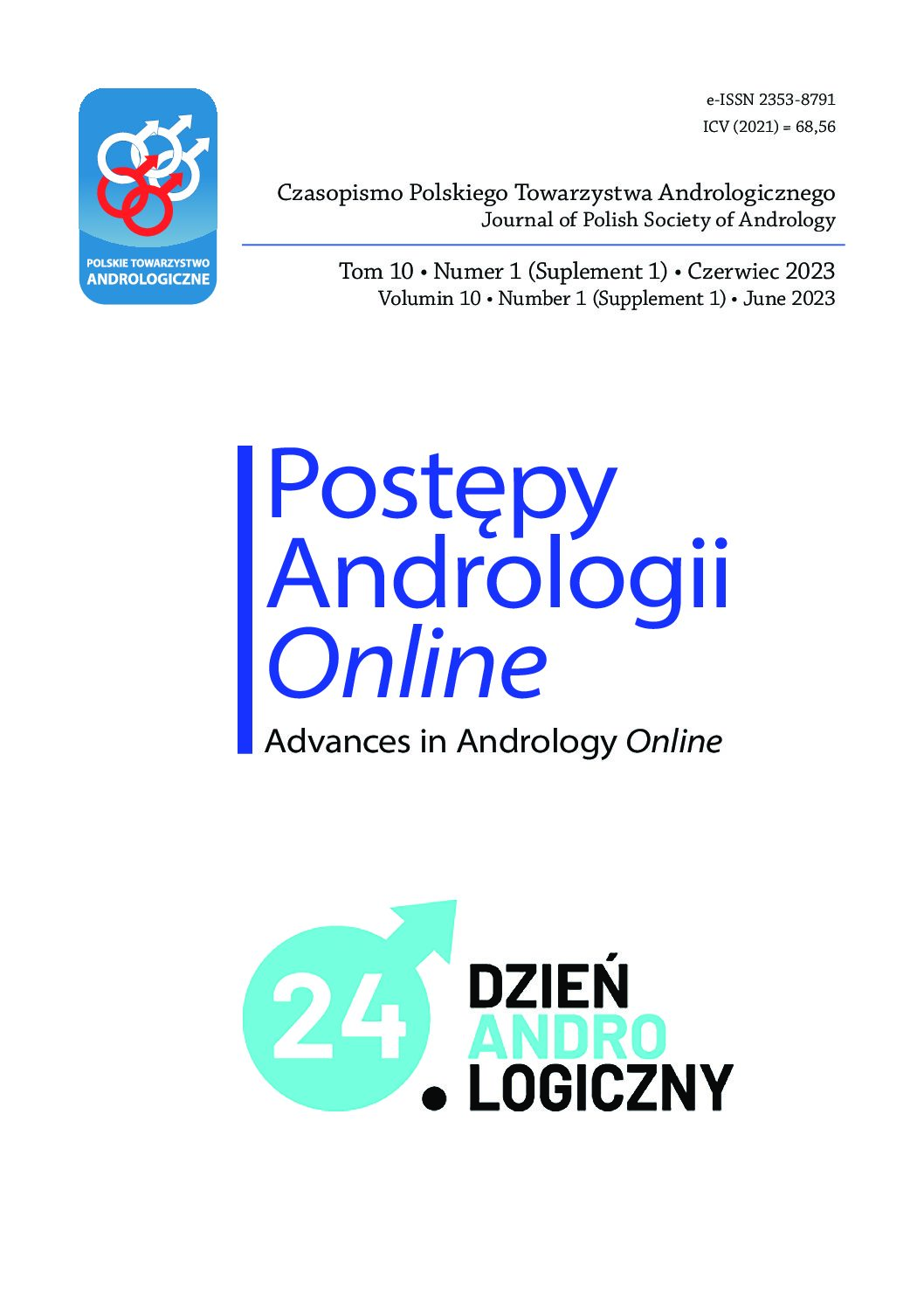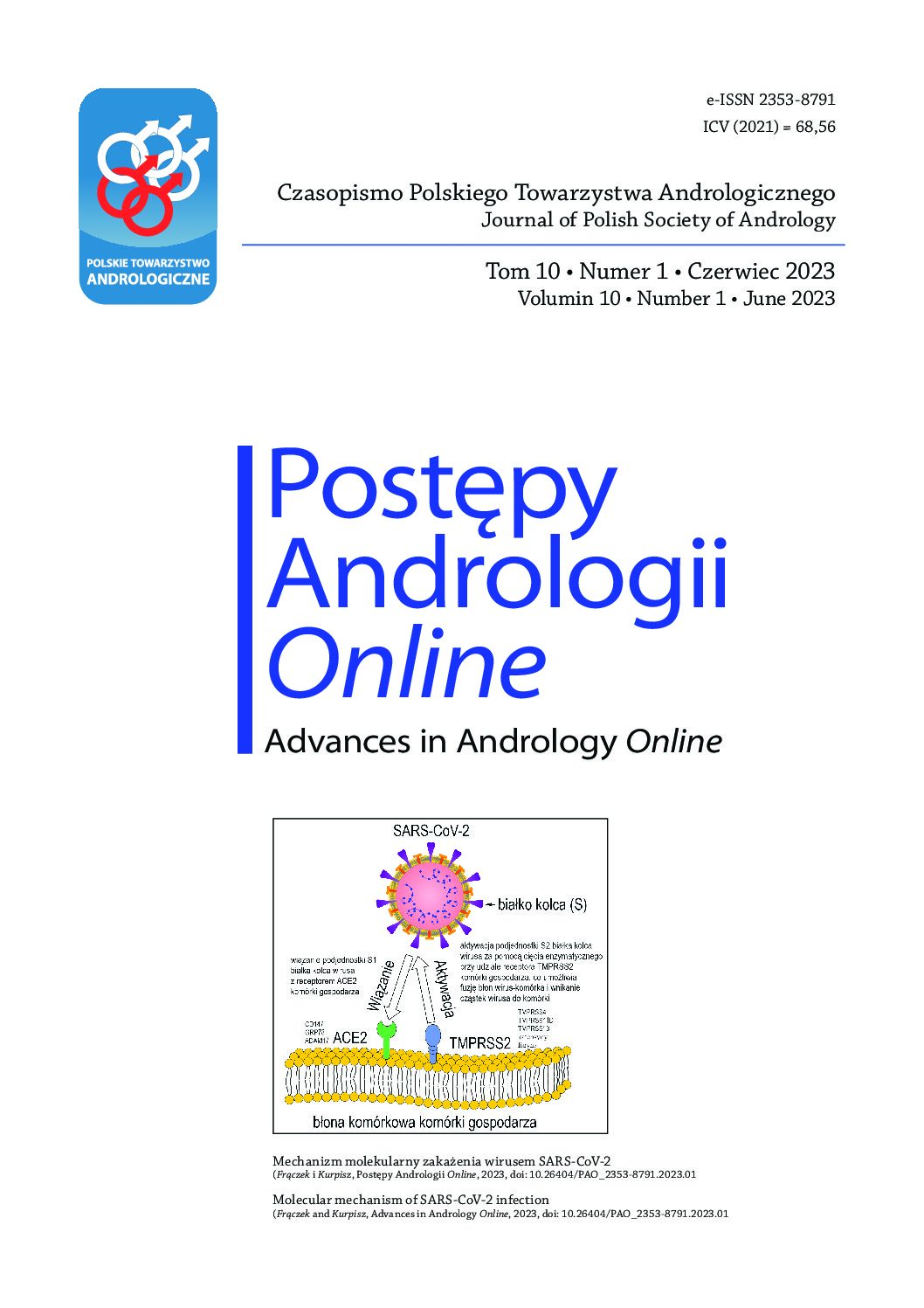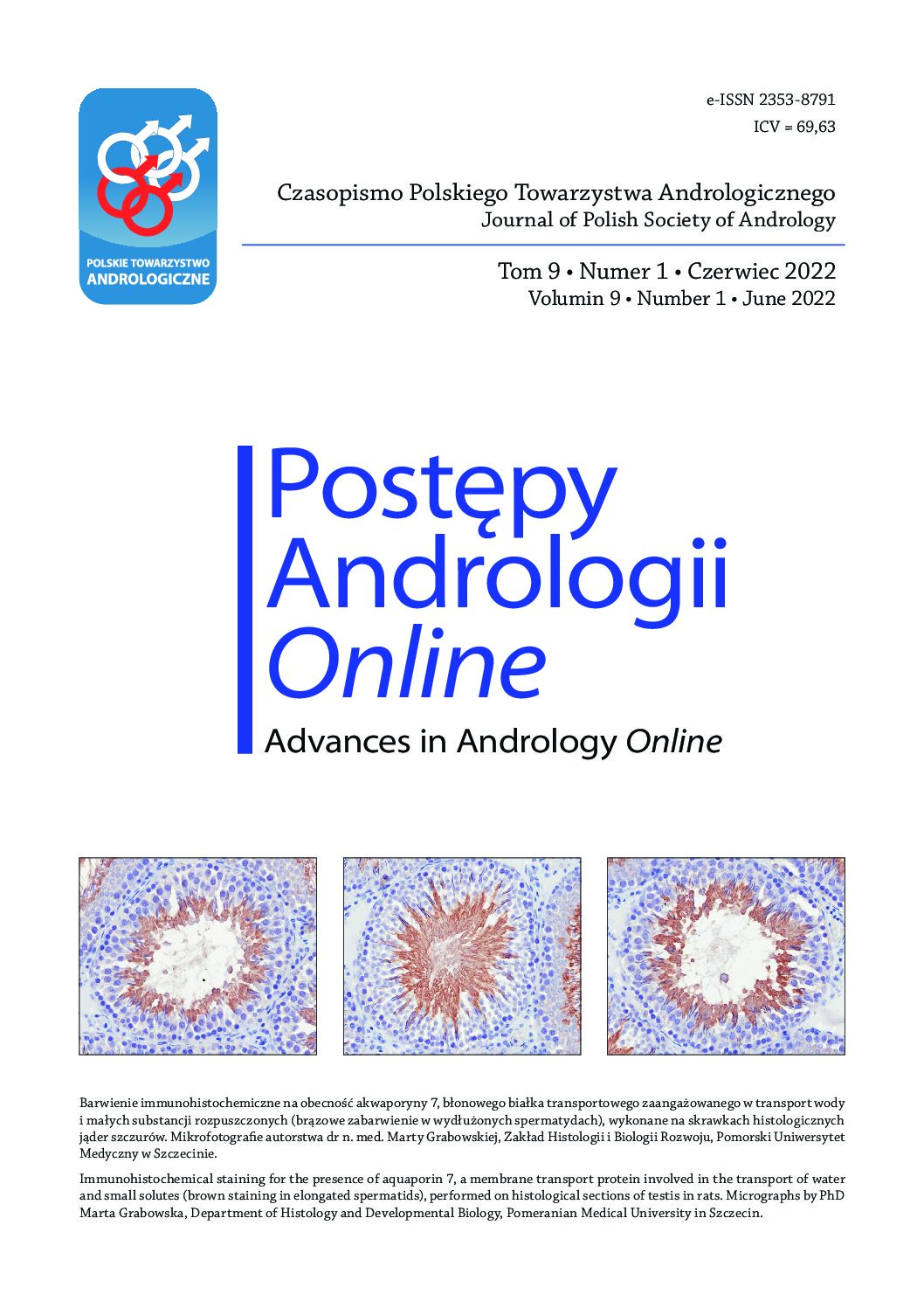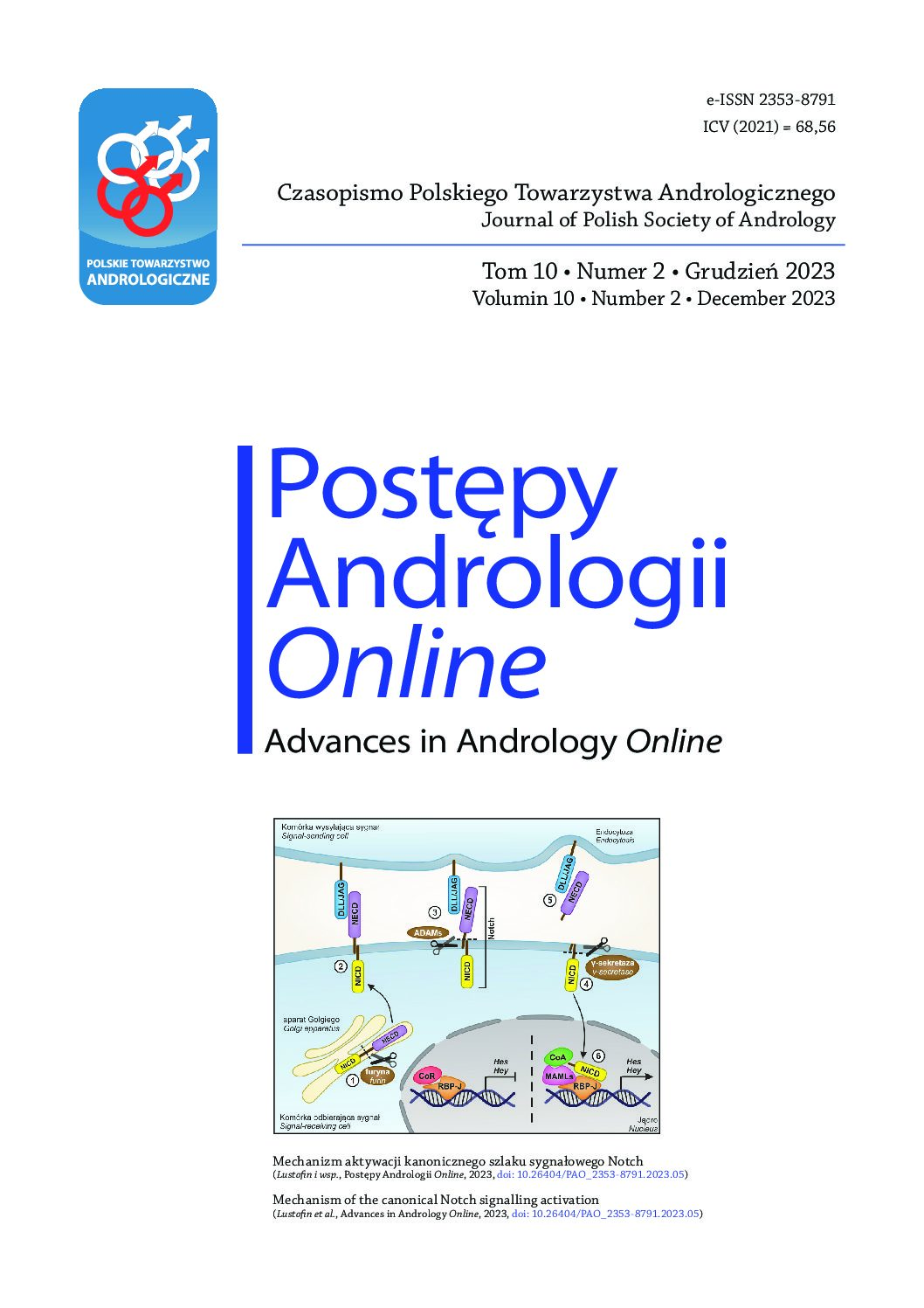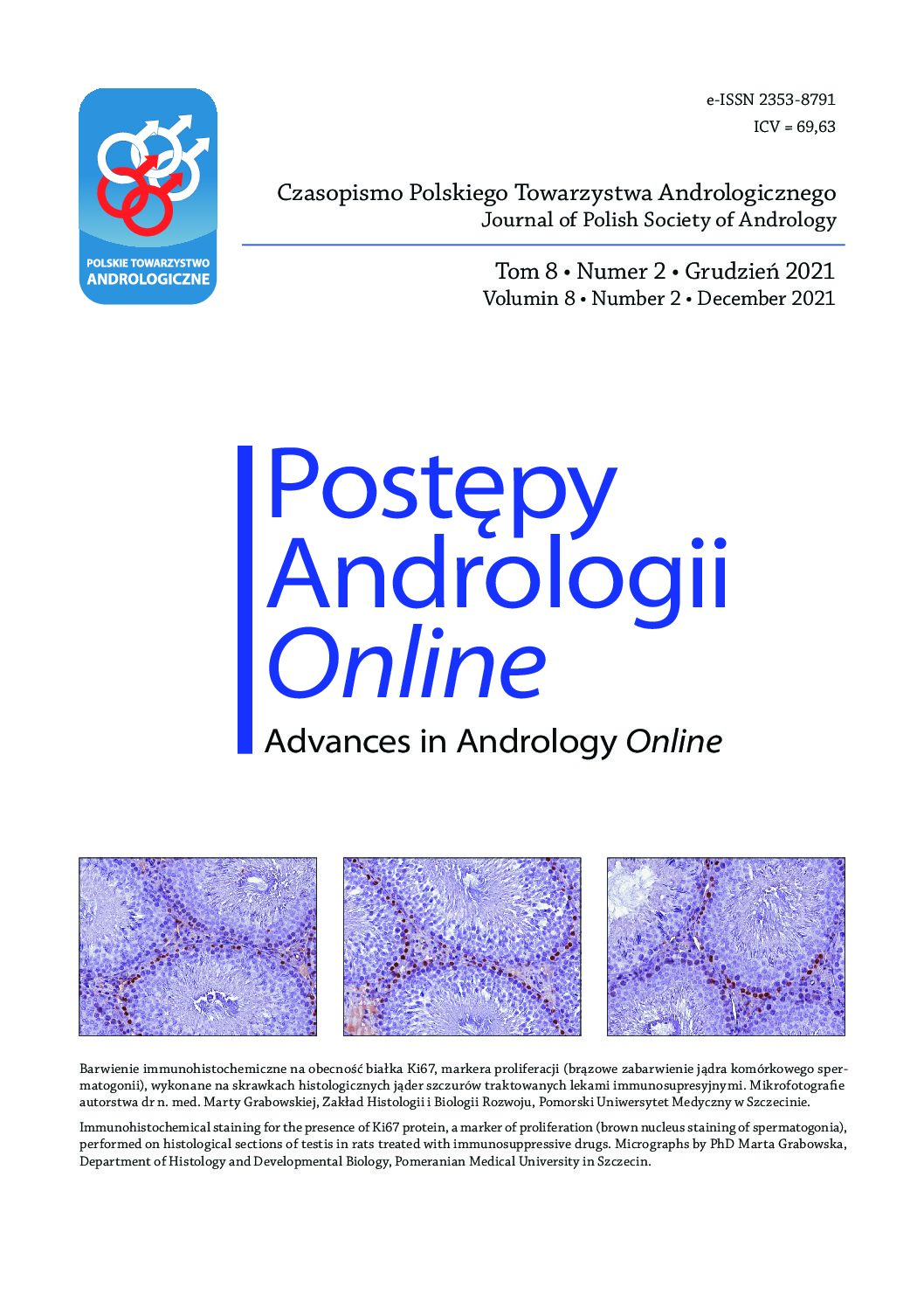The significance of evaluation of human sperm chromatin status in natural conception.
The present paper aimed to describe the role of the sperm chromatin status in natural conception. In addition, the commonly used research techniques able to reveal abnormalities in sperm chromatin organization at various levels (e.g. single- and double-strand breaks in DNA, increase in histone content, deficiency in protamination, abnormal condensation) were included. Moreover, three main theories explaining the origin of chromatin damage in male gametes (disorders of chromatin reorganization, ‘abortive’ apoptosis of germinal cells, oxidative stress) were described. Additionally, the etiological factors of sperm chromatin damage (varicocele, systemic diseases, infections of the male reproductive system, hormonal disorders, unhealthy lifestyle, harmful environmental factors, iatrogenic factors, advanced paternal age) were taken to the consideration. To evaluate the clinical utility of the sperm genome maturity and integrity with particular attention on type of used laboratory methods, the differences between fertile men and healthy volunteers with normozoospermia vs. infertile ones and infertile men from couples with a history of recurrent miscarriages were discussed. The higher percentage of sperm cells with damaged genetic material was found in infertile men. Moreover, it was shown that the methods of sperm chromatin status evaluation had good or very good predictive value to distinguish fertile men from infertile or infertile male partners in couples experiencing recurrent pregnancy loss. Thus, the literature review shows that sperm chromatin status is one of the key etiological factors of male infertility.
